Indoor juniper: the best varieties and tips for growing
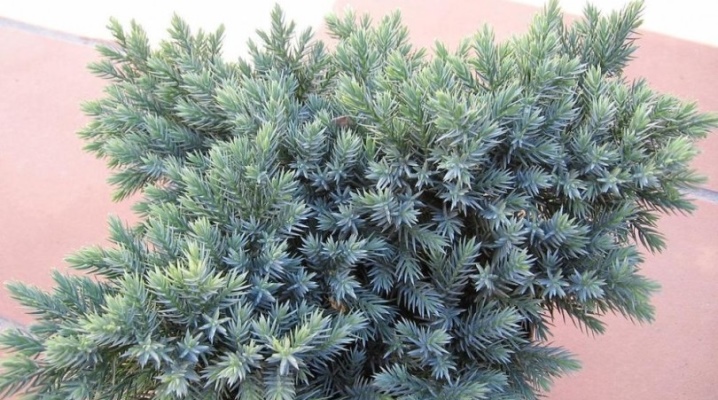
Many people use houseplants to create a warm, cozy atmosphere. It is thanks to them that you can not only correctly place accents in the room, but also fill the square meters with fresh, pleasant and healthy air.
The range of plants that can be grown at home is very diverse. In this article we will talk about indoor juniper, get acquainted with its main varieties, rules of care.
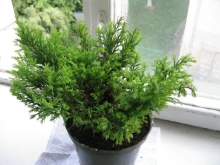
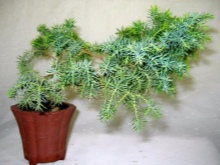
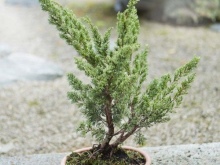
Peculiarities
It is an evergreen coniferous plant from the cypress family. It is very common in different regions, especially in the southern regions. It can grow in the form of a tree or a bush. It has a number of advantages, among which I would like to highlight the main one - the useful properties of the plant and the function of air purification.
We all know very well how conifers smell. So, if you constantly inhale their aroma, you can improve your health, improve the general condition of the body.
Indoor juniper, which is grown at home in a pot or tub, is no longer a novelty.
Many experienced flower growers claim that the plant grows well both indoors and outdoors.
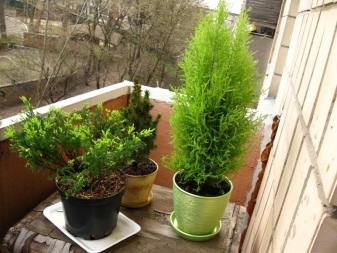

Juniper will perfectly fit into any interior and will become the property of the house. He has an excellent appearance, plastic shape and a variety of colors. You can plant this conifer in two ways - by seeds and cuttings.
Few people dare to grow a juniper from seeds, since the method is quite difficult and not always successful. This is due, first of all, to the quality of the seed.
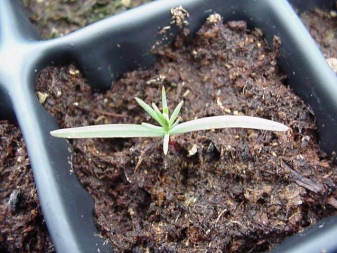
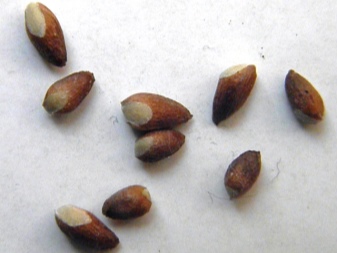
If you want to grow a coniferous plant at home, then use the cuttings method. With the arrival of spring, you need to cut off a stalk, the length of which should be at least 10 centimeters, from an adult, preferably at least eight-year-old, coniferous tree. The stalk is placed in a specially prepared tank filled with peat and sand for 2 months. After this period, roots will begin to appear, indicating that the cutting can be transplanted.
Here are some helpful tips for those deciding to grow a juniper at home in a pot.
- The capacity must be large. This is necessary in order for the root system to grow and develop freely.
- It is imperative to pour a drainage layer on the bottom of the pot. It can be broken brick, gravel, sand, expanded clay.
- Follow all the rules for caring for the plant. The health of the plant and its attractive appearance depend on this.
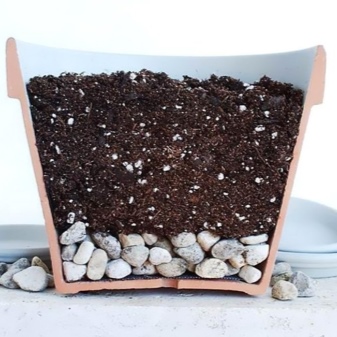
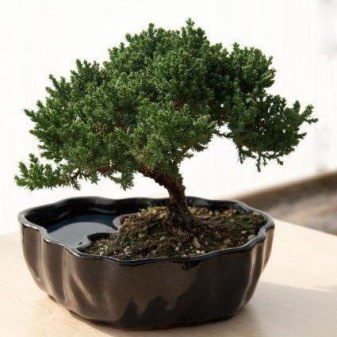
Planting rules
When the moment has come to plant a sprouted juniper, you need to follow these instructions:
- pick up a pot, wash it, dry it;
- prepare the soil for planting;
- lay a drainage layer on the bottom of the tank;
- soil is laid on the drainage layer, about 6 centimeters;
- then the juniper is located in a new container and watered a little;
- the liquid that has collected in the stand after watering must be poured out so that it is not further absorbed into the root system;
- the crown of the plant is also sprayed;
- then place the pot with the plant in a bright place, but make sure that direct sunlight does not fall on the juniper;
- during the first week after planting, the plant needs very careful care and attention.
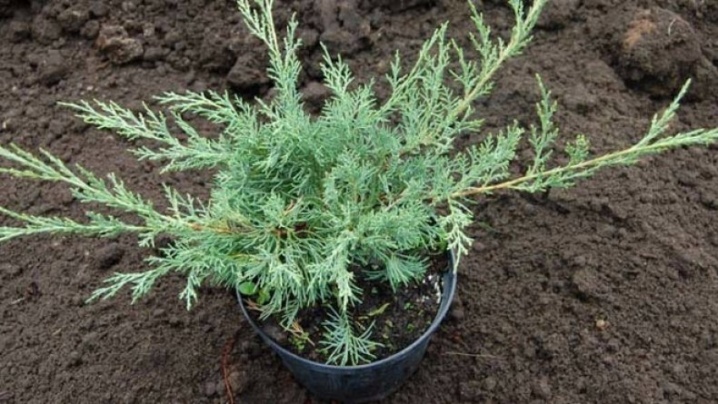
Soil selection
The choice of soil for planting a coniferous plant is very important.It depends on him how well the juniper will grow and develop in an apartment.
There is an opinion that any soil will do, but it is wrong. Experts say and are convinced that a coniferous plant needs a special one for active and proper growth. There is a special soil mixture that is used when planting conifers, its main components are sod land, peat, coarse sand.
It is also important, in addition to using a special soil mixture, in the process of planting a plant, to apply fertilizers and pour a layer of drainage.
As a fertilizer, you can use a mixture of humus, compost and nitroammofosk.

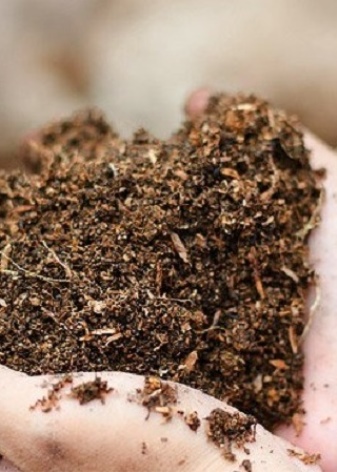
Home varieties
Of course, not all plant varieties are suitable for growing at home in a pot, but only certain representatives. A juniper like this will do:
- ordinary;
- solid;
- average;
- Chinese;
- scaly;
- Virginia;
- horizontal.
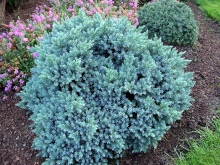
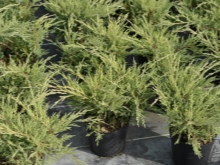
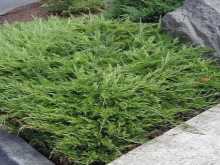
A striking representative of indoor juniper is "Compress". The appearance of the plant resembles a small shrub. The variety is characterized by the presence of tough branches of a light green hue. It does not grow quickly: in a year, the plant adds a maximum of 8 centimeters in growth. But the height mark that the ephedra can reach is 1 meter.
Also, Wilton, Depressa Aurea, Chinese Pyramidalis, Old Gold are often planted at home. Each of the above types and varieties of juniper will be a great addition to any home. The most important thing is to choose the most suitable option for your square meters.
Be sure to take into account the dimensions of the future tree or bush, the amount of free space that it will need and the features of care.
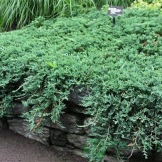
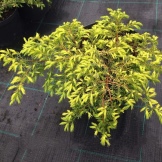


How to care
Indoor juniper, like any other plant, needs proper care. There are certain rules to be followed.
- Lighting. Juniper is a thermophilic plant. It is desirable to place it near the window, but direct sunlight should not hit the plant. Also, in no case place the pot next to heating appliances - they dry the air very much and can harm the juniper. If the weather is sunny and warm, move the tree outside to fresh air.
- Temperature conditions. The air temperature in the room should not exceed 20 ° C. Where the juniper is installed, fresh air must constantly flow.
- Watering mode. Watering should be moderate and regular. Too much moisture will adversely affect the condition of the plant. In most cases, the root system begins to rot and foliage crumbles. In winter, it is often not necessary to water the plant.
- Pruning. Correct and timely pruning is essential. The process should take place in winter, ideally if it is February - it is at the end of winter that the juniper begins to actively grow. During this period, it is pruned. This procedure should be performed no more than once every 3 years.
- Fertilizer. You need to feed the plant with special organic fertilizing. Humus is ideal. You can also use a mineral supplement, but rarely.
- Transplanting. If the juniper is young, it should be replanted every spring. The old plant is not transplanted, but only the upper soil layer is changed.
- Visual inspection. Regularly, you need to carefully examine the juniper for various diseases. It is susceptible to attack by parasites - spider mites, mealy worms, caterpillars. Also, very often the plant can get sick. Basically, juniper is more due to improper temperature conditions, poor ventilation in the room, fungi and pests, excess moisture.
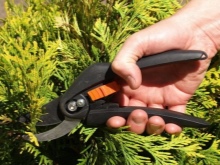
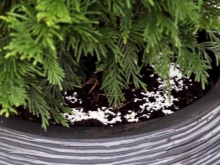
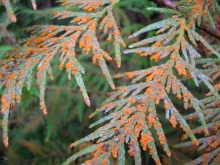
For pest control, special preparations are used. They are sold in specialized stores.
Ornamental juniper may begin to dry out. If this happens, then you are watering it incorrectly, you need to review and adjust the watering regime.
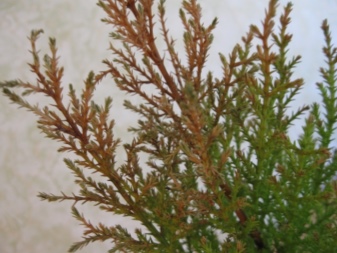

Juniper care tips in the next video.



































































The comment was sent successfully.